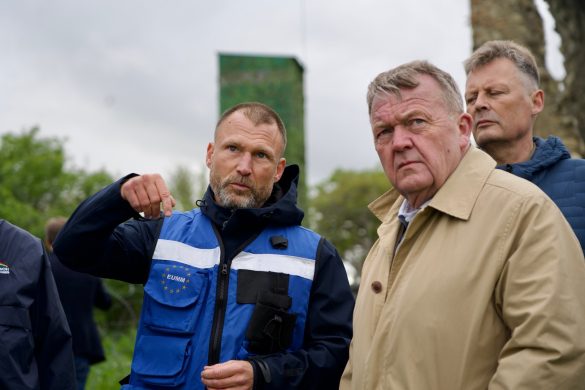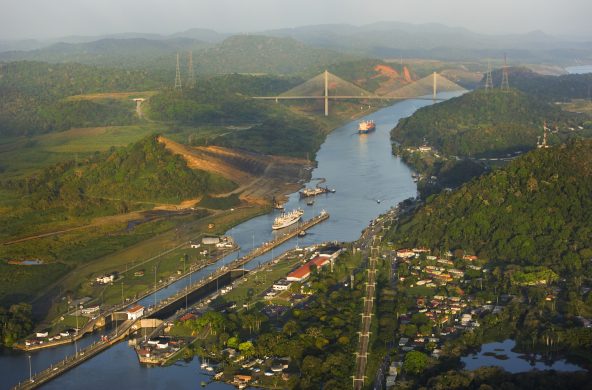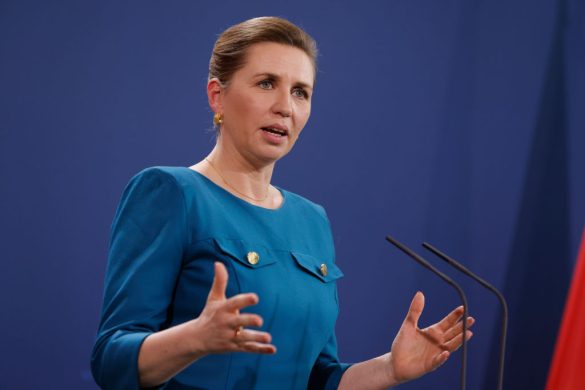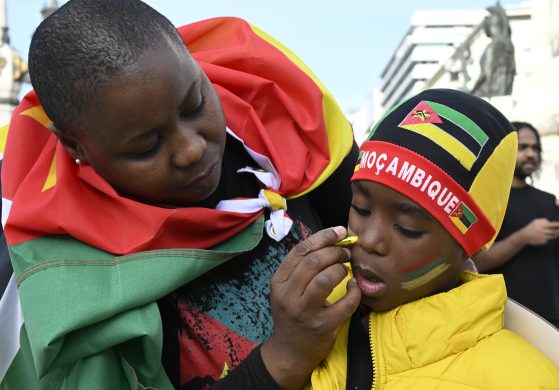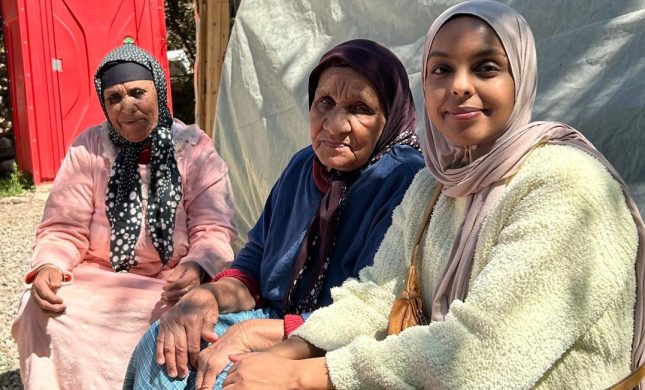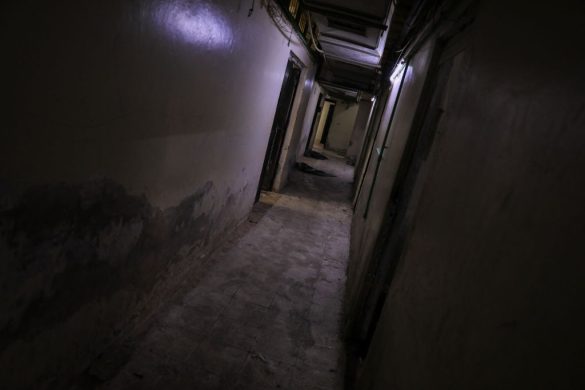World Bank, Other donors to Boost Agriculture in Mali
WASHINGTON, 3rd June 2010: The Government of Mali will benefit from a multi-donor investment of 160 million US dollar (960 mio. DKR) to increase the productivity of smallholder agricultural and agribusiness producers and to increase the use of sustainable land and water management (SLWM) practices.
The Fostering Agricultural Productivity Project the World Bank’s Executive Board approved Thursday will contribute in ensuring food security and increasing the income of rural producers.
– The proposed project has a three-pronged focus aimed at addressing the main bottlenecks to agriculture modernization in Mali, namely low agriculture productivity, insufficient productive infrastructure and weak sector coordination, said Olivier Durand, the Bank’s Task Team leader.
– The project will thus invest in: tech-nology transfer and service provision to producers, such as research, advisory services and access to financing; small and large-scale irri-gation infrastruc-ture; and the pro-motion of a com-prehensive pro-grammatic appro-ach and sector monitoring, with view to creating the required enabling policy and institutional environment for productivity increase, noted he.
One of the core sub-objectives of the project is to help producer modernize their farms and production systems by implementing a range of already proven technologies for agriculture intensification, livestock production, rangeland management and agro-forestry in targeted production systems.
The project will also seek to introduce alternative technologies critical for sustainable land and water management to improve ecosystem resilience through increased carbon sequestration (binding), to enrich soils with organic carbon and improves biomass production and vegetation cover.
As a consequence of these interventions, production systems are expected to show increased resistance to external shocks, such as climate change (droughts, flooding, etc.), hence reducing the risks and improving the stability of smallholder farming systems and corresponding incomes.
The project will finance the development of 2.700 hectares of irrigated areas at Office du Niger and 4.600 hectares of small-scale irrigation perimeters. It will provide technical advice to producers with the aim to improve water management by introducing water saving techniques and by promoting the system of rice intensification (SRI).
– Beyond investments in technology transfer and irrigation infrastruc-tures, the project will invest a substantial share of its budget in capacity building for producer organizations and will give more responsibility to regional agricultural chambers in implementing project activities and investments on the ground, explained Olivier Durand, adding:
– Producer organizations will play a stronger role in designing and implementing their own investment projects and producers will have to participate more actively in policy formulation and decision-making at the national and regional levels.
The project will also support the ongoing efforts of the Government of Mali to improve coordination and harmonization of interventions in the agricultural sector.
Along with other donors, it will support the elaboration of a national agricultural sector investments program that would provide the strategic directions for future investments in agriculture in Mali aligned with the agricultural policy and the current Agricultural Framework Law (Loi d’Orientation Agricole).
Investments will be focused on four key production systems essential for staple foods with potential for productivity increase, a confirmed domestic demand and a greater impact on agricultural growth and poverty reduction. These will include:
1) the Irrigated rice and vegetables production system that feeds much of Malians. It encompasses both the expansion of irrigated areas and the increase of productivity on existing irrigated perimeters.
2) The Rain-fed cereals production system, on which most rural people rely for their incomes, and it has been neglected for many years, two sub-systems will be emphasized: cereal/leguminous and cereal/cotton, both of which are strongly associated with animal production. The project will also pay attention to cotton yields, as cotton remains the crop rotation pillar of the mixed cereal/cotton production system.
3) Fodder production: Demand for feed alternatives to cotton-seed cake is increasing. The fodder production system presents the highest potential for innovation, from the introduction of new crops to the dissemination of harvesting and processing equipment. Enhanced seeds and cropping techniques are already available for quick dissemination.
4) Livestock production: Mali is famous for livestock, yet it imports most of the milk consumed. Women and young people manage the short cycle animal production process. The project will focus on semi-intensive and agro-pastoral dairy production, semi-commercial and traditional poultry production and sheep (ovine) fattening.
The total project is financed by a six-year Specific Investment Loan (SIL) of 70 million dollar from the International Development Association (IDA), a grant of 6,2 million dollar from the Global Environment Fund (GEF) and a grant of 14.64 million euros from the European Union Food Crisis Rapid Response Facility Trust Fund.
The International Fund for Agricultural Development (IFAD) will co-finance the project with a credit of 32 million dollar. The project will also benefit from an additional GEF parallel financing of 1,9 million to be implemented by United Nations development Program (UNDP).
The Government’s contribution to the project is estimated at 23,7 million dollar through tax exemption. Beneficiaries’ contribution is estimated at 6,7 million.
Kilde: www.worldbank.org



